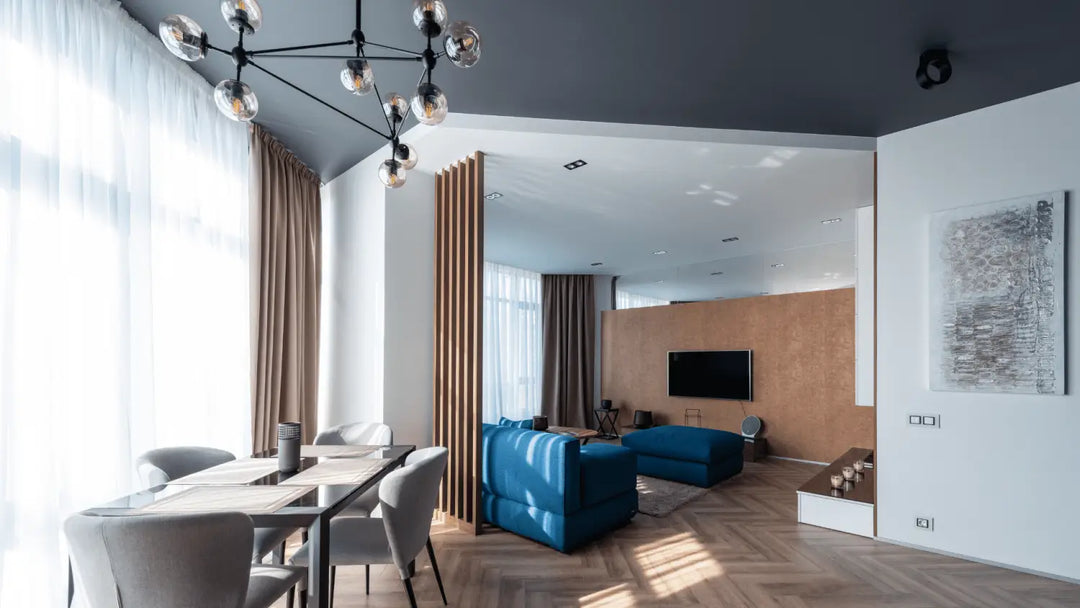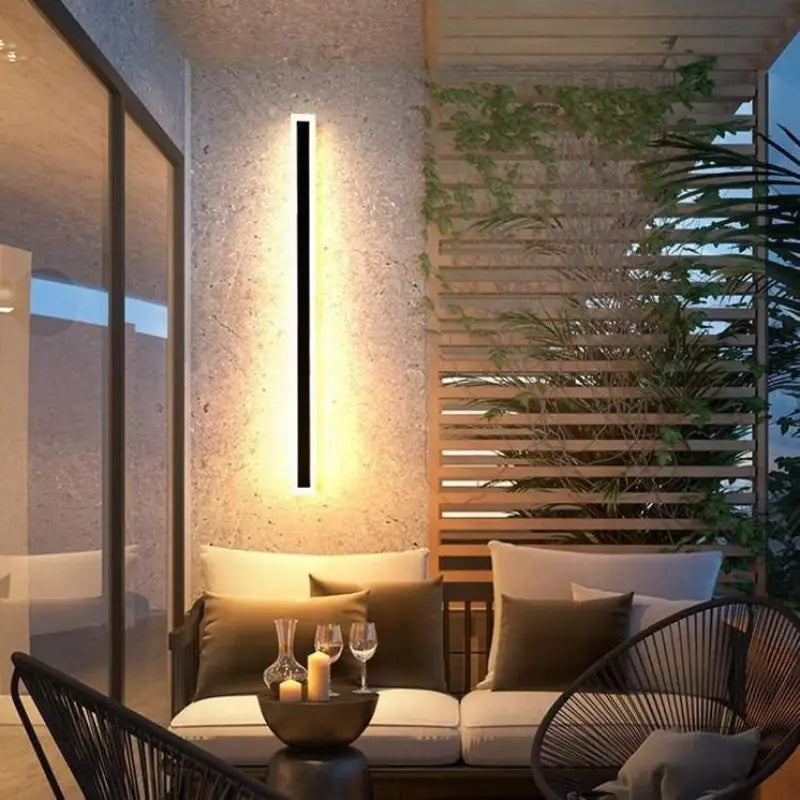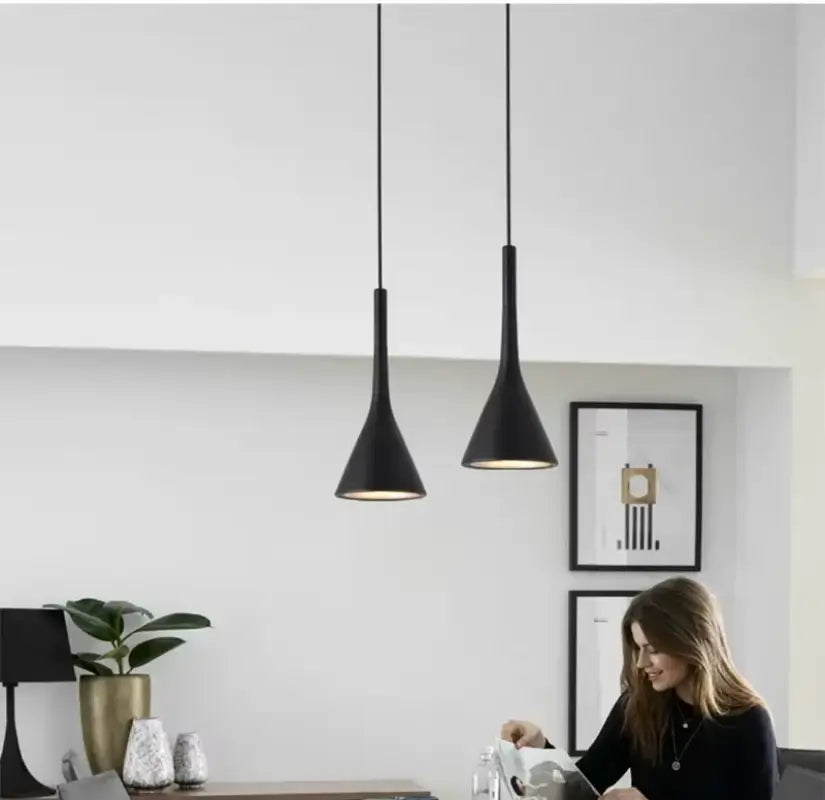Correctly setting an outdoor motion sensor is essential to ensure optimal lighting, especially in spaces such as driveways, garages, or facades.
This device, often equipped with infrared technology, allows a light or projector to be automatically switched on when movement is detected.
Modern models offer features such as remote control or programming via smartphone, making activation and setup even easier.
This article explains in detail how to install and adjust your detector to benefit from the best possible efficiency, while avoiding false triggering.
Understanding how an outdoor motion detector works
Motion Detection Basics: How Does It Work?
Outdoor motion detectors typically work using infrared, which senses the heat emitted by moving objects, such as a person, car, or animal.
When the detector detects a change in temperature in its field, it automatically activates the lighting. This type of detection is very effective for large properties where you want to light up the paths or the facade without human intervention.
Some models also feature potentiometers and sliders to adjust parameters such as sensitivity or detection distance.
Types of Outdoor Motion Detectors
There are several types of outdoor detectors, including wired, wireless, and even connected versions. Programmable models with remote control allow for remote configuration, ideal for adjusting settings without having to climb a ladder.
Some detectors are integrated into lighting fixtures such as wall lights or portholes, which allows you to combine aesthetics and functionality. For areas exposed to the elements, choose models that are waterproof and resistant to harsh weather conditions.
Essential Steps to Install and Adjust an Outdoor Motion Detector
Choosing the right location for optimal efficiency
To benefit from optimal activation of your motion detector, place it at a height of 2.5 to 3 meters on a wall, a facade, or near a driveway.
Avoid placing it behind an obstacle such as a tree or architectural mask, as this may decrease the detection range. The ideal range depends on your outdoor space , but in general, a range of 10 to 12 meters is sufficient for a large driveway or space in front of a garage.
Also make sure that the detection field does not include areas frequented by pedestrians or neighbors to avoid false triggers.
Tools needed for installation
To properly install your motion detector, you will need a few tools such as a screwdriver, a drill, and a voltage detector.
Some models offer the possibility of a connected installation, allowing you to configure them via a smartphone application. This not only facilitates the installation but also the adjustments to be made afterwards.
Additionally, programmable models allow you to set specific time slots for activation, avoiding turning on your lighting at unwanted times.
How to effectively adjust your outdoor motion detector?
Adjusting the detector sensitivity
Adjusting the sensitivity is essential to prevent your detector from triggering unnecessarily, for example when a small animal crosses your driveway or a tree moves in the wind.
Use the potentiometer to adjust the sensitivity value to a level that suits you. Experiment with different settings by performing several trials over varying distances to find the best balance between sensitivity and reliability.
Set the coverage area
The coverage area of your detector can be adjusted to precisely cover the areas you want to protect. An adjustable slider allows you to set the detection distance, whether for a large or small property.
Some models have buttons to increase or decrease the range. If you want to cover a driveway or garage door , be sure to orient the sensor so that it is not obstructed by an obstacle such as a wall or tree.
Set the ignition duration (delay)
The on-time, or time delay, allows you to define how long the light remains on after motion is detected. You can adjust it using a dedicated button on the detector or via a remote control, if your model is equipped with one.
This duration can be adjusted from a few seconds to several minutes, depending on the configuration of your space. For example, a small driveway will require a shorter ignition duration than a large garden space.
Adjust brightness settings (Lux)
Setting the Lux is essential to ensure that your detector only activates the lighting when the outside light is low enough.
This adjustment is often done using a potentiometer or a specific button, and allows you to set the exact value from which the detector will operate.
This helps prevent your light fixture from being turned on unnecessarily during the day. Proper setup will also prevent the LED bulb from flickering.
Optimizing the use of your outdoor motion detector
Ensure regular maintenance
To ensure that your motion detector works properly over the long term, regular maintenance is necessary. Clean the sensors regularly to prevent dirt or cobwebs from disrupting their operation.
Additionally, check that components such as the adjustment knob or slider are still operational. Testing your detector regularly will allow you to spot any anomalies before they compromise the safety of your outdoor space .
Security and energy savings: The benefits of solar detectors
Solar motion detectors combine security and energy savings, particularly for outdoor spaces far from an electrical source.
These detectors operate autonomously using solar energy, making them ideal for installation near a street or large driveway.
Models equipped with an LED bulb guarantee a long life while maintaining low energy consumption. You can therefore enjoy efficient outdoor lighting without worrying about energy costs.
Troubleshooting and additional adjustments
What to do if your detector is not working properly?
If your motion sensor does not turn on or remains on continuously, there are several tests that can be performed to diagnose the problem.
Check that the sensor cover is not obstructed by an obstacle such as a tree or wall. Also make sure that the adjustment potentiometer is not out of adjustment.
If you have a connected model, use the app on your smartphone to adjust settings remotely and test the configuration in real time.
Adjust your detector according to the season
The seasons affect the light and movement in your outdoor space , and it is sometimes necessary to adjust your detector settings accordingly.
In winter, for example, you may need to increase the sensitivity to compensate for reduced movements due to temperature, while in summer a lower value will suffice.
Adapting the configuration to seasonal conditions helps ensure optimal operation throughout the year, and avoids unnecessary triggering.
Frequently Asked Questions
1. How to adjust the sensitivity of an outdoor motion detector?
To choose the right sensitivity setting for an outdoor motion detector , use the potentiometer or adjustment button provided for this purpose. This setting allows you to adjust the detection according to the distance and type of movement in the passage area.
If the sensitivity is too high, it may detect the presence of unwanted elements, such as animals or moving objects. Start by testing the sensitivity in different day and night conditions.
This will help you reduce false detections while maintaining a good sensitivity threshold to cover the necessary space.
2. How to adjust the duration of an outdoor motion detector?
To adjust the timer of a motion sensor, look for the dedicated button. The length of time the light stays on after detection can be adjusted to suit your needs.
For a high traffic area, a shorter duration is recommended. If the lighting is intended to secure a path or door, you can extend the duration for greater visibility.
Setting the timer is essential to prevent the detector from turning off too quickly or remaining on unnecessarily after passage.
3. How to adjust the range of an outdoor motion detector?
The range of a motion detector is often adjustable using a potentiometer or slider. This setting allows you to choose the distance at which the sensor will detect motion.
Too wide a range can pick up the presence of pedestrians or vehicles from a distance, while a narrower range will allow you to focus on specific areas like a driveway or entrance.
It is recommended to test the range under different conditions to ensure optimal operation and avoid false triggering due to movement outside the desired area.
4. Why does my motion detector stay on all the time?
If your motion detector stays on all the time, the timer setting may be incorrect, or the sensitivity may be too high.
Improper sensor orientation can also pick up continuous motion or slight environmental changes, such as wind or moving objects like branches.
Also check that the sensor is not being interfered with by an alarm or connected devices, and make sure that the twilight threshold is properly adjusted to turn off the lighting in broad daylight.
5. How to adjust the brightness (Lux) of an outdoor motion detector?
The brightness threshold, or Lux setting, determines at what level of ambient light the sensor should turn on the light fixture. Use the potentiometer to adjust this threshold so that the light is only activated when there is insufficient natural light.
This is especially useful to avoid daytime triggers, by setting the twilight threshold correctly. For optimal effectiveness, test this setting in different light conditions and adjust it according to the needs of your outdoor space .
6. How to test the operation of an outdoor motion detector?
To test the operation of a motion sensor, walk within the detection area at several distances and angles. Ensure that the sensor responds as expected by turning on the floodlight each time you pass.
If the light does not turn on or stays on continuously, adjust the sensitivity, range, and timer settings. Also test the brightness threshold to verify that the light only turns on when there is low natural light.
It is advisable to perform these tests at different times of the day to optimize the settings.
7. Where to place an outdoor motion detector for maximum effectiveness?
For effective operation, place the motion detector approximately 2.5 to 3 meters high on a wall or facade. Choose an open location with good orientation to the area to be covered, such as a driveway or the entrance to your garage.
Make sure there are no obstacles in the detection field, such as trees or garden furniture, that could affect the sensor's vision.
Proper positioning will optimize the detector's effectiveness while avoiding unwanted activations due to pedestrians or neighbors passing by.
8. How to set a motion detector with remote control?
Motion sensors with remote controls make it easy to adjust settings remotely. You can adjust sensitivity, on-time duration, and even activation time slots without having to physically touch the device.
Some models also offer the possibility to set the timer and brightness threshold directly via the remote control.
Be sure to test each setting after modification to ensure optimal operation, including adjusting the range and twilight threshold to avoid unnecessary activations in broad daylight.
9. Why doesn't my motion detector work at night?
If your detector does not work at night, it is likely that the light threshold is set incorrectly. The detector must be configured to activate only in low light conditions.
Check that the twilight setting is correctly adjusted to allow automatic activation of the projector when there is insufficient ambient light.
If despite these adjustments the device still does not work at night, it may be necessary to test the operation with other settings, such as sensitivity and range.
10. How to set a programmable motion detector?
A programmable motion sensor allows you to set specific time ranges for activation and deactivation. Use the device interface or a remote control to configure these schedules according to your needs.
For example, you can program activation only in the evening or at night, and prevent the detector from switching on unnecessarily during the day.
Additionally, some models allow you to adjust the timer and light threshold to ensure the sensor only operates under specific conditions, helping you save energy and reduce unnecessary activations.




























Bonjour j’ai un projecteur de mouvement de la marque yako slim sensor code 43000 commande avec une télécommande euro pole impossible de le mettre en route ( pile changé )
Que faire
Leave a comment